Note: I write about Decision Confidence. Not about the process of making decisions, but on the life practices that help make authentic decision making (choosing what’s most in line with your deepest values) easier. About once a month, I share what I learned while traveling, tying it into my theme for this publication. If there is any aspect of travel you’d like me to share, let me know.
I fell deeply in love with Peru.
There are countries with amazing food, and countries where the people know how to relax.
Peru understands the sacred. And through it, they understand food.
While their main religion is Roman Catholicism, Peru has stayed well-connected to their rich, ancient Andean traditions, which are deeply rooted in mysticism and practices honoring Mother Nature. This energy is palpable and made visible by sacred sites like Machu Picchu and Sacred Valley’s Ollantaytambo, Pisac, and Moray (image below).

Peru has been blessed with good soil, climate, and altitudes, over which they hold high stewardship, resulting in hearty, nutrition-dense food (including potatoes, tomatoes and quinoa) with flavors that will blow you away. There are no words.
You will not have tasted potatoes until you’ve tasted them in Peru.
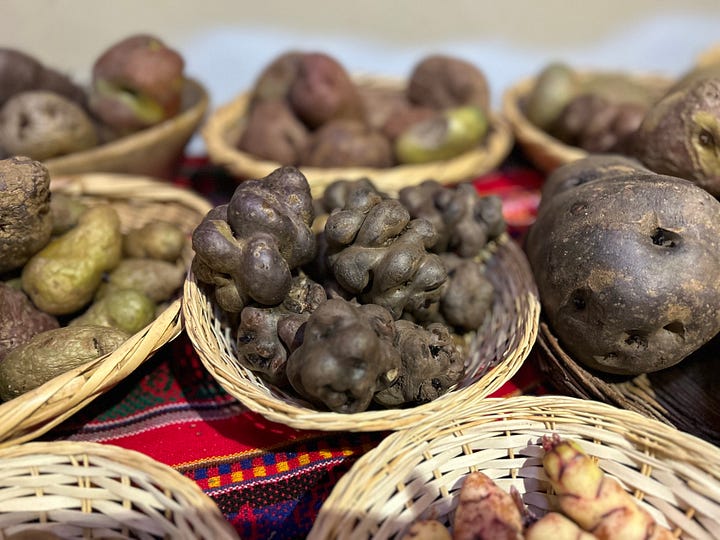
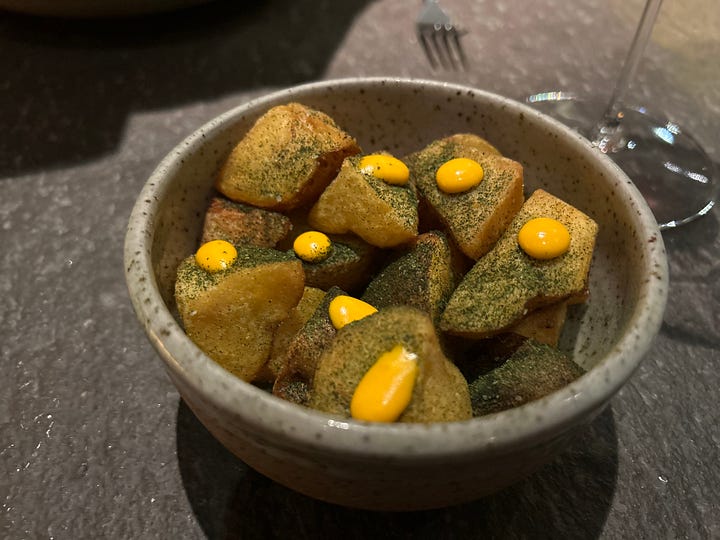
The Peruvians’ nature is reflected in their food. And their food is reflected in the people: hearty, able to weather anything, delicious, spiritual, deep, and friendly.
The Peruvians know what they have, and they are visibly proud in the most genuinely humble of ways.
They honor the Sun and the circadian rhythms of Nature, and they combine care for their land with artistry (because art completes), even in the most remote dining spots of Sacred Valley. Like this one, in the middle of nowhere, in a small town in Sacred Valley called Ollantaytambo:
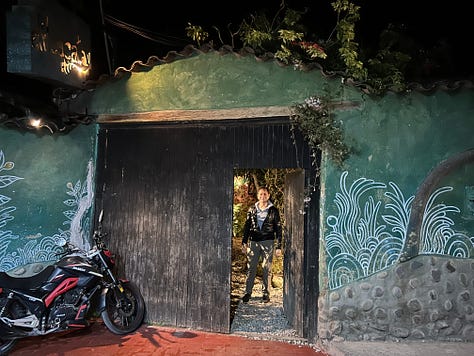
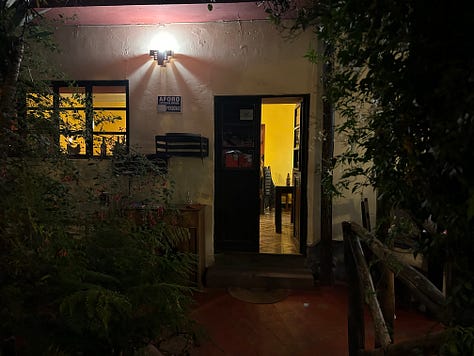
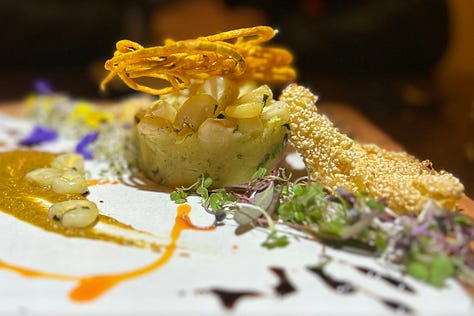

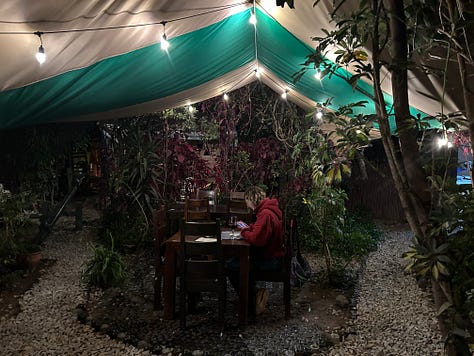
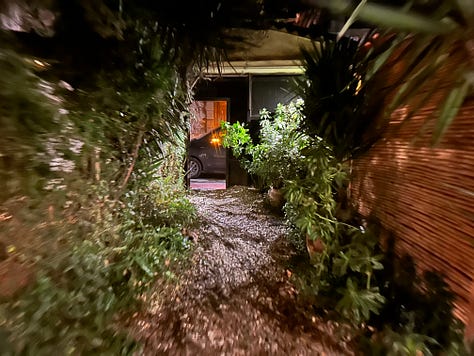
While it’s fun to experience the flavor, circus, and artistry of some of the officially titled “World’s Best Restaurants” in Peru (we tried Central and Mayta), you don’t have to go there. You can walk into an everyday sandwich and churro shop in Lima and taste what I’m talking about.
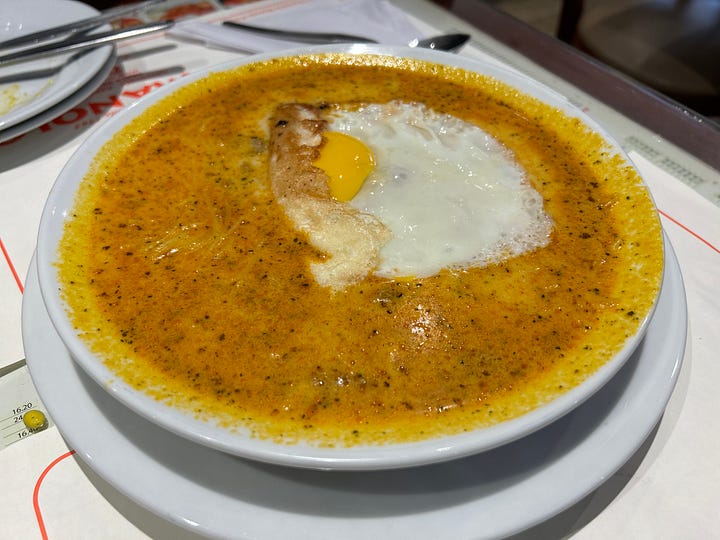

Peru taught me what’s possible with food… when spirituality is infused in it. And by spirituality, I mean love.
Love of (1) nature and it’s rhythms, (2) the process, because it’s the process that nourishes, and (3) the people that will be fed.
How we treat and honor our land and food matters. It determines much of the flavor, nutrition density, and energy we get from it.
What, and how, we consume influences how we treat and honor ourselves and everything around us. Which is to say, we become what we eat.
We may not have access to fresh Peruvian produce (and anyway, it’s best to choose local), but we can focus on where we can make a difference.
We can seek the freshest, cleanest, least processed foods available in our own neighborhoods, treat our food with care, and take them in with the utmost gratitude. After all, food isn’t just a commodity.
Food is intelligence that becomes a part of us at the cellular level, giving us sustenance and nourishment, affecting our body’s intelligence, and therefore energy, clarity, and response-ability.
So we don’t want to throw just anything into our bodies just because it’s been approved for consumption.
Here are some ways to become your own micro-Peru and hold food in high stewardship:
Choose seasonal and local foods.
Eat and prepare foods in a way that you would be proud to share a photo of - sounds like a vanity move, but it can actually cause you to be more aware of the choices you make and how you plate your meal. The question you might ask is: What, and how, would you serve your meal if the Buddha came over for dinner?
Take a moment to feel gratitude for the food you have.
Eat consciously without multi-tasking. You’ll be more productive, nourished, and happy by taking the time to relax while eating. The food you eat with attention will be easier to digest, and the flavors will naturally magnify. Both your taste buds and energy will thank you.
If you chew your food well, you won’t need to wash it down with so much water, which dilutes the digestive enzymes in your stomach. Your energy and metabolism will thank you.
After your meal, clean up with graciousness. Your psyche and sense of agency will thank you.
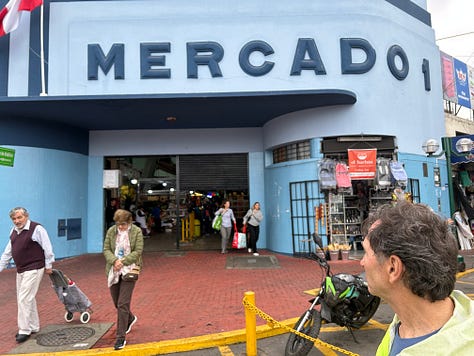
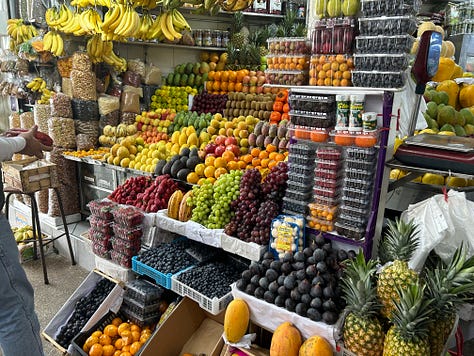



What else I enjoyed learning about Peru
Machu Picchu has a sister mountain next to it called Huayna Piccu. Machu Picchu means old mountain. Huayna Picchu means young mountain.
While the elevation gain is greater for Machu, Huayna is much steeper; you may at times find yourself using your hands to help you up and down the mountain.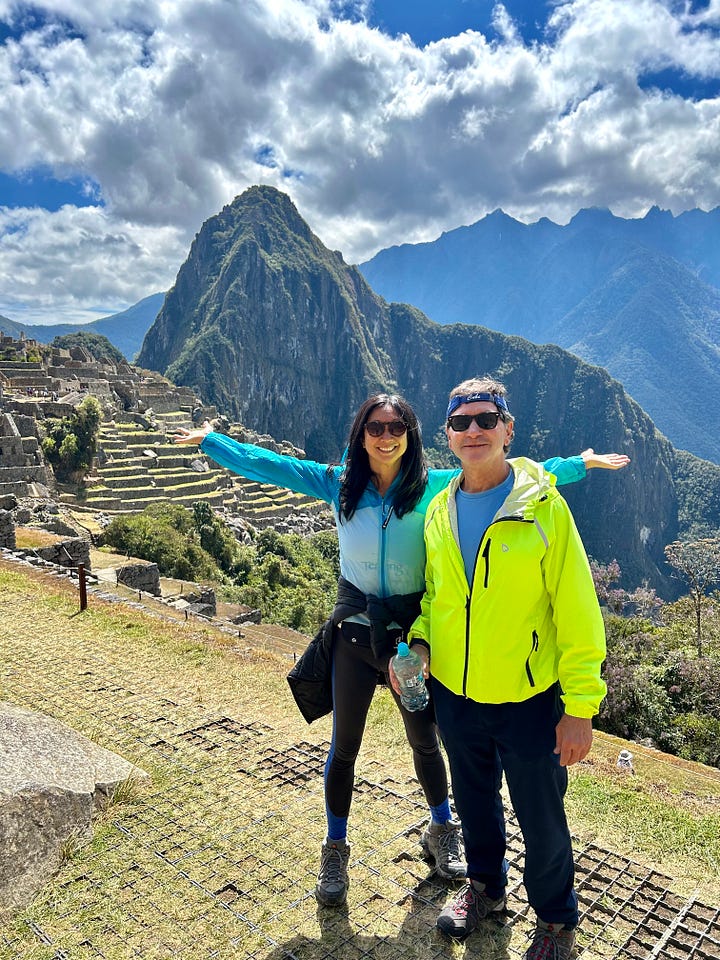


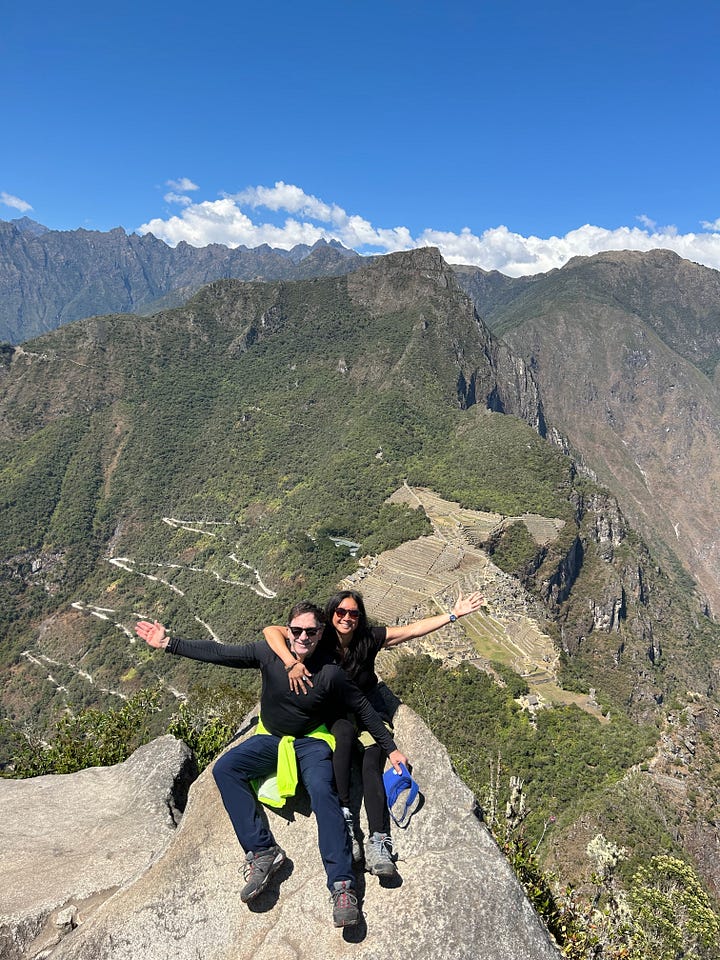
We're standing on Machu with Huayna Picchu behind us. Llamas and alpacas get to roam freely on the mountains. People climbing to the peak of Huayna. Larry and I at the peak of Huayna. There’s another mountain worth seeing about 215 miles away, and it’s called Vinicunca, or Montaña de Siete Colores (Mountain of 7 Colors). The hike starts at 11,000 feet altitude, and goes up to 16,000 feet. While this mountain isn’t steep, the elevation makes it incredibly difficult. There is an option to ride a horse most of the way up, in case this is of any interest. The locals stay with you on foot and run up and down all day like it’s nothing. CRAZY FACT: They discovered this mountain in 2015. Until then, it was covered in snow. The colors and formation are NOT man-designed. This is how the minerals and sediments showed up. Nature is amazing!
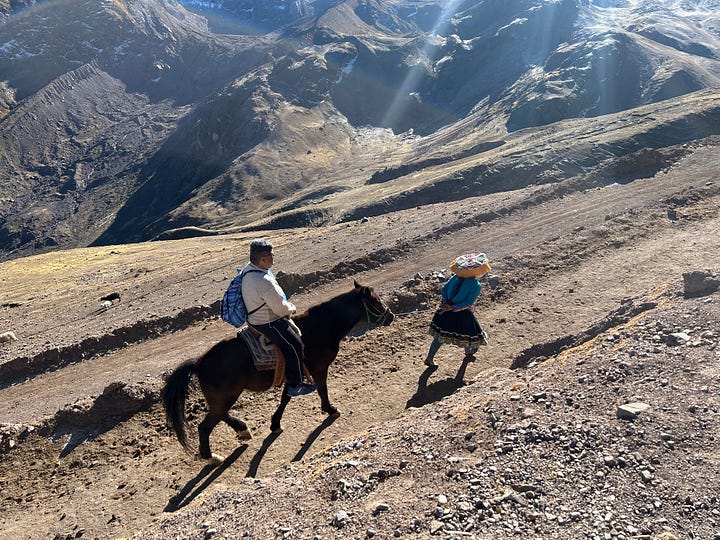
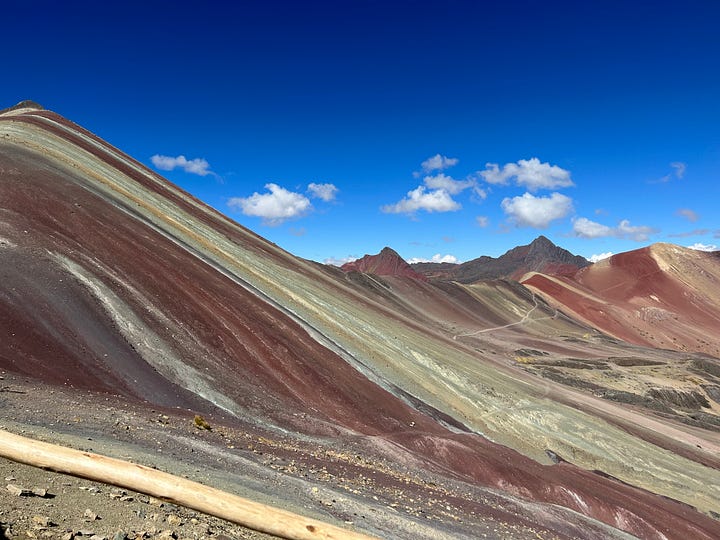
Coca leaves are offered everywhere as chews or tea bags to help with altitude sickness and digestion. Yes, coca is the raw material for cocaine, but in its natural form, it’s not only harmless, it can be beneficial. It’s chewed or brewed as tea daily by people in the Andes, and is considered sacred in their indigenous culture. Coca tea was available at all the hotels we stayed, and by our guides.
I recommend hiring guides and drivers in Peru. In case this needs to be said, you don’t need to be wealthy to do that. It can be confusing and difficult to get to and access the mountains without them. Up until this trip, we never used guides. What for? we thought. Turns out they can provide amazing context to where you are, the history, culture, politics, what the people are ashamed and proud of. They are a wealth of information ready to provide depth and richness to your visit, as well as provide fast-track entry to places of interest. You just can’t read enough of the right travel blogs to get the equivalent. Also, at least in Peru, in order to become a guide, you need to go to college for it. They study the history and culture of their own country as well as that of other countries so that they are able to speak of the world’s best known destinations with their tourists. They must also study psychology and hospitality to deal with the tourists!
Here’s something we learned from our city guide as he picked us up from the airport in Lima: Peruvians are required to vote. Their passports and IDs are linked to show if they’ve voted or not, which means their ability to travel and even cash checks are restricted if they don’t vote, along with a monetary fine.


City guide in Lima, Cuzco/Sacred Valley/Machu Guide, Lima food tour guide Taking a cooking class teaches you a lot about a country’s culture. We took two classes. In Peru, this is another place we saw deep pride for their country, culture, and food come through.
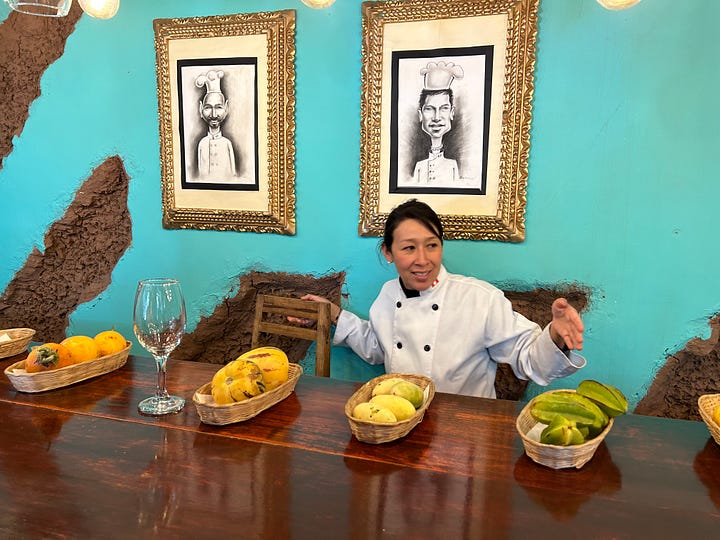
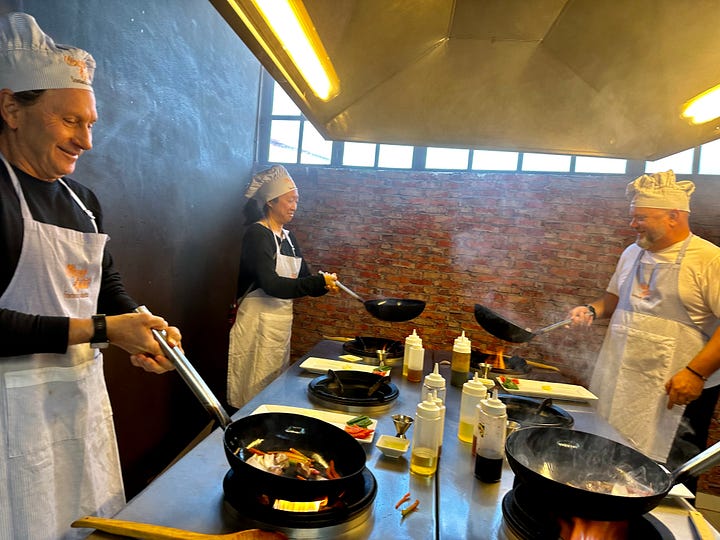


Bottom right: Pisco Sour. You can't go to Peru without trying it once. Hotels will welcome you with one complimentary glass. They are proud of their Piscos. Panchamanca… is a traditional Andean Peruvian meal cooked underground where pre-heated stones are buried with marinated food and cooked slowly, allowing the flavors of the Earth to absorb into the food. Panchamanca is a cultural practice, celebrating the bounty of the Earth and connection to Mother Earth (Panchamama). Here, they are cooking chicken, lamb, pork, potatoes, and in the small clay pots: fava beans and broccoli & quinoa with cheese.





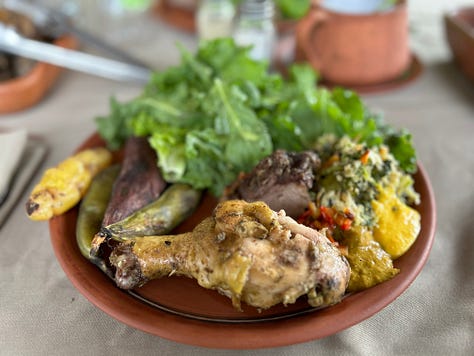
What you’re seeing below are the Salt Mines of Maras (in Sacred Valley). Salt water collects here from the mountains, the sun dries the water, and the salt is collected and sold.

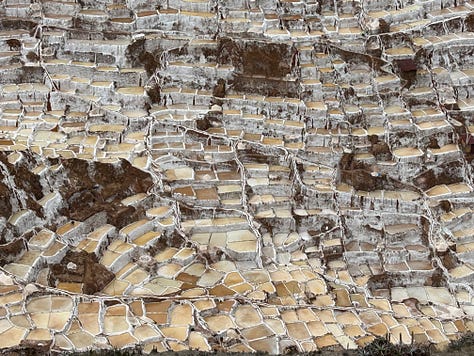
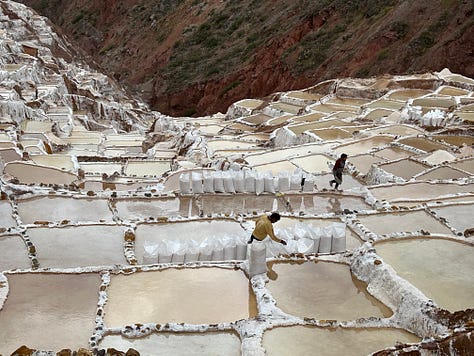
I love Lima. It’s one of my favorite cities in the world. It’s set along the Pacific Ocean with amazing food, friendly people, and internet access. And it’s a 1.5 hour flight to Cuzco. A shorter flight than from Chicago (my town) to Denver (for skiing and hiking).
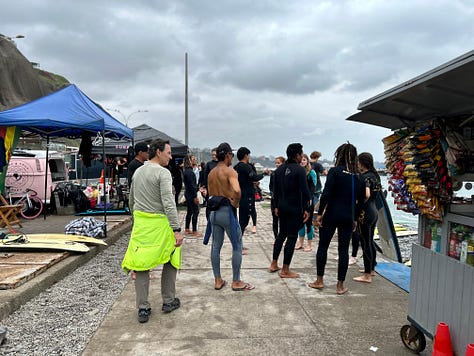
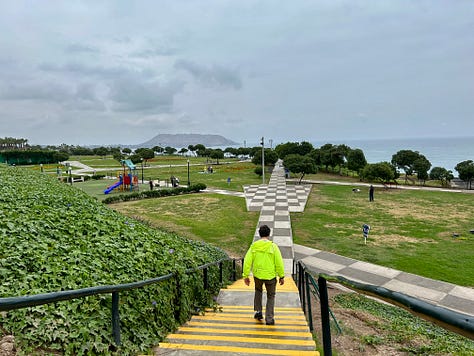
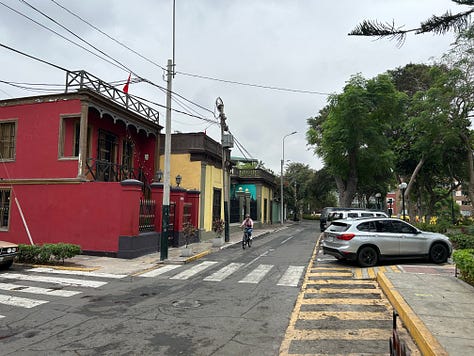
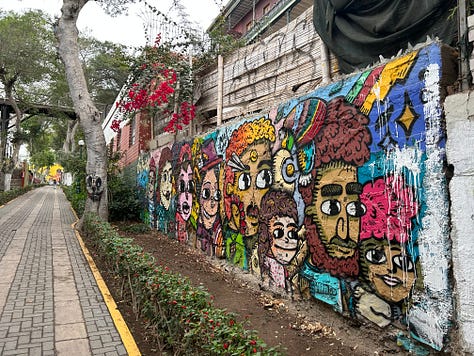

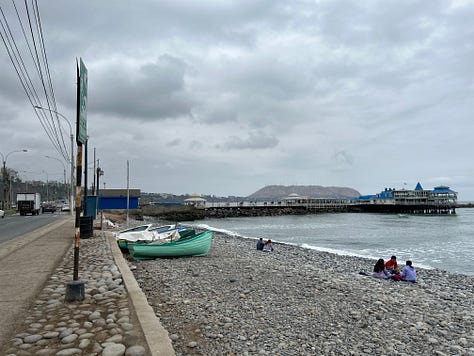
There are cats everywhere in the Miraflores neighborhood of Lima (great neighborhood, btw). I’m a cat person, so I love this. Evidently, the church in Miraflores, Iglesia Virgen Milagrosa, took to feeding the stray cats. Locals got wind of it, and they started dropping their cats off there as well… It got a little out of hand, so they now have regular cat adoption fairs right by the church.
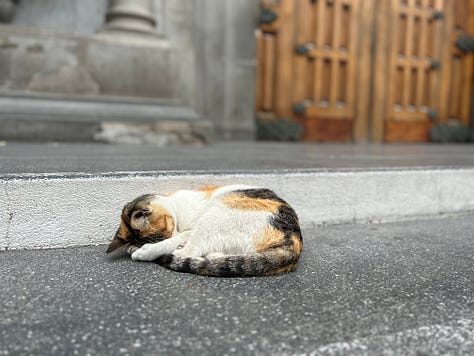
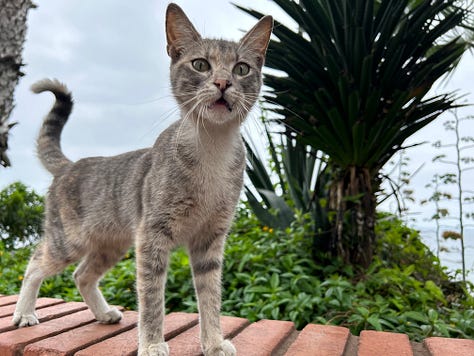


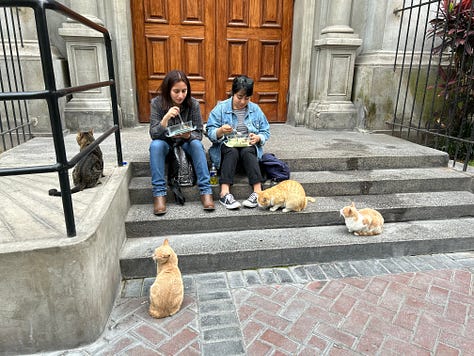
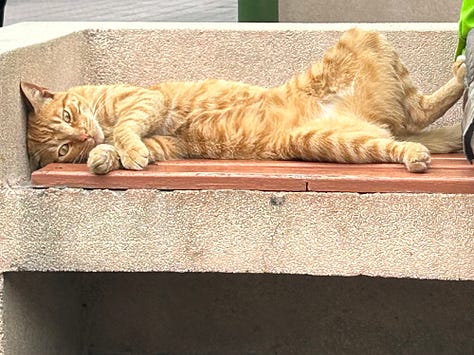
Go to Peru if you have the chance!
Go for the food, the people, the mountains, and to take in the sacred. Machu is a big draw for good reason. Your soul - and tummy - will come back well nourished.
Love, Savitree


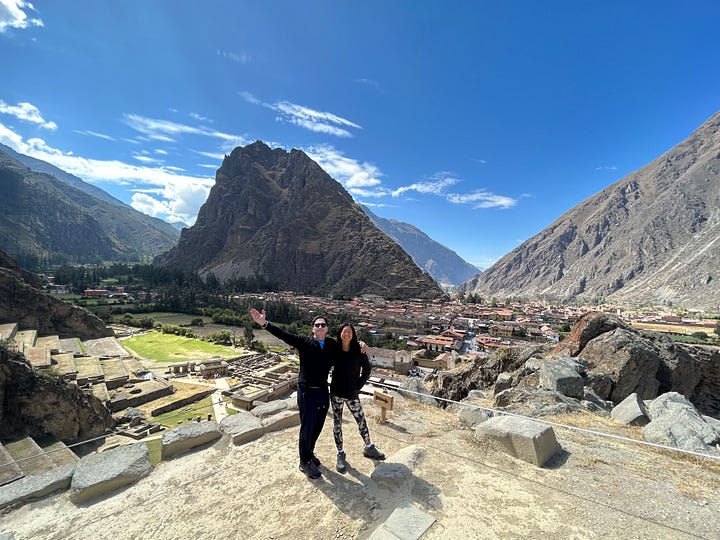
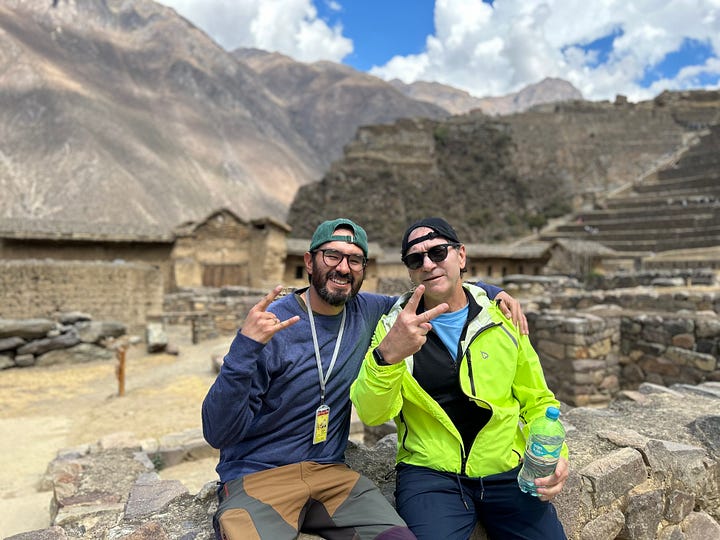
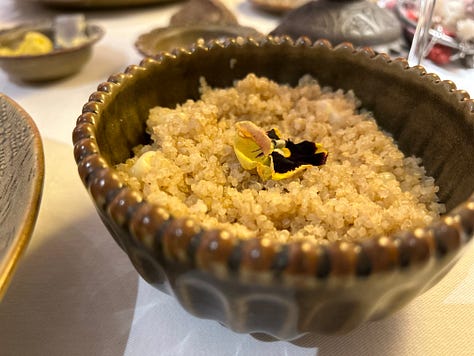
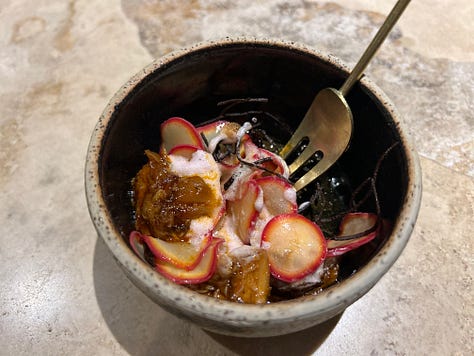

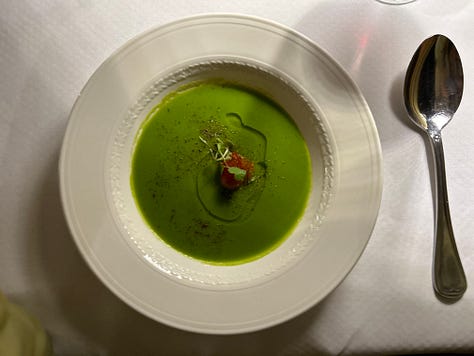
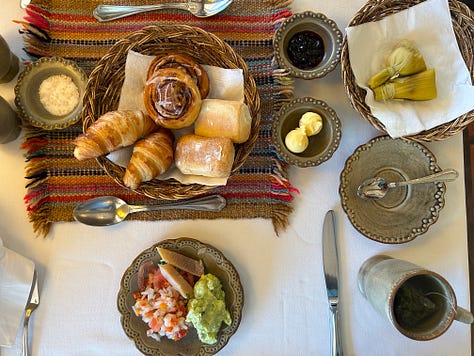
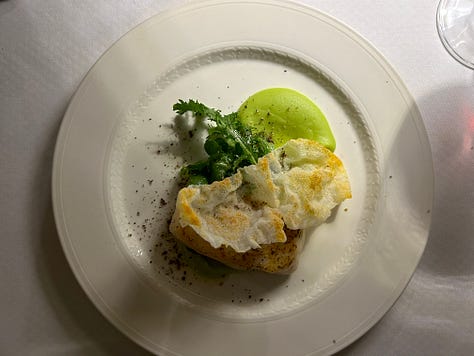
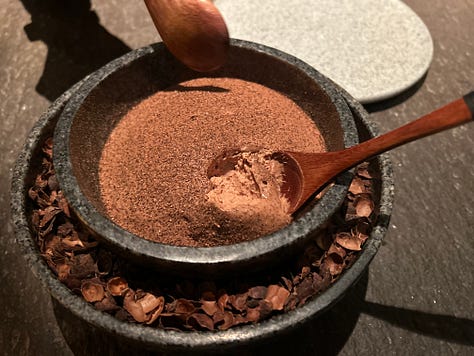
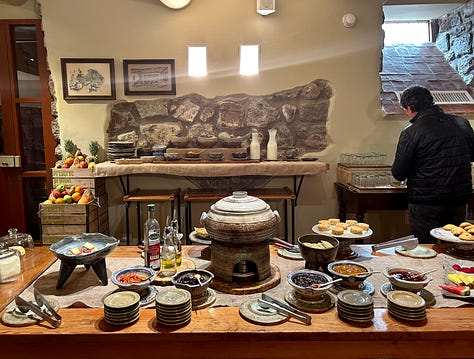





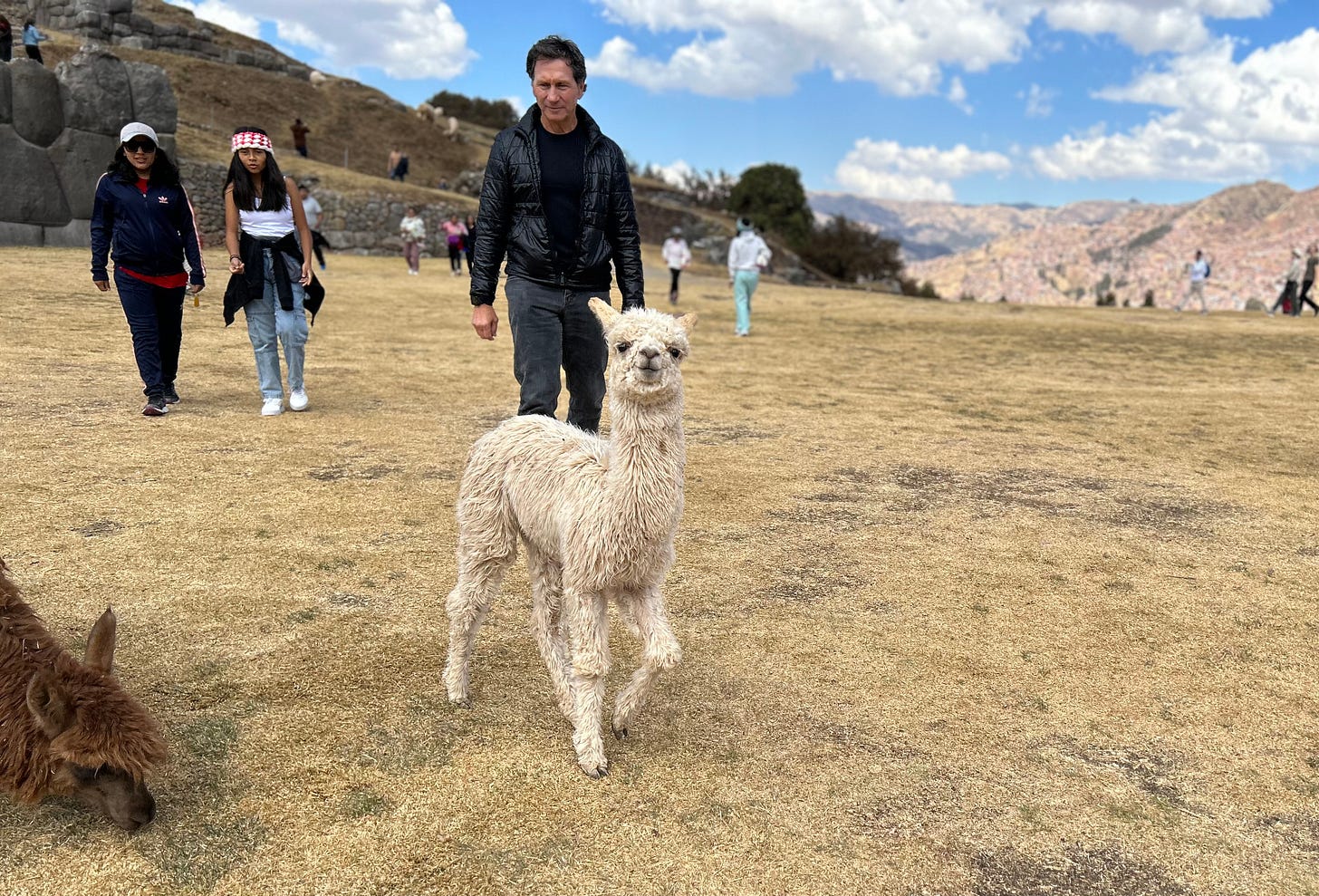

Savitree: I am grateful a friend recommended your publication to me. I have just read this most recent, post, but you've drawn me in and I look forward to following your work and reading some of your older posts. You made me want to travel to Peru! I loved the point you made about the integration between food and spirituality. I'll be taking that with me and "chewing" on it more (sorry, my 'dad-joke' nature is a hard habit to kick, haha). Much pax! ~Tony
Awesome article. Thank you for sharing your wisdom and take on the real Peru. 🇵🇪
I was born there, and I do agree with all your observations. Thanks!